The new Lexus LF-ZL concept showcases a future premium electric flagship SUV that, the firm claims, will use next-generation hardware and software to offer a “personalised” experience.
Taking the form of a large SUV with an exterior design that builds on that of existing models such as the RZ but with a radically revamped interior, the new machine has been revealed at the Tokyo motor show alongside the LF-ZC saloon concept.
While Lexus has indicated that a production version of the LF-ZC is due in 2026, it hasn’t revealed when a model based on the LF-ZL might go on sale. The focus for now is on showcasing how the firm’s next-generation technology will change the driving and ownership experience.
The LF-ZL is 5300mm long, which is significantly longer than even the new Lexus LM luxury MPV and the Toyota Land Cruiser-based LX, which isn’t sold in the UK. The new concept is also 2200mm wide and 1700mm tall, with a huge wheelbase of 3350mm in order to maximise interior space.

In common with the LF-ZC and the Toyota concepts unveiled at the Tokyo motor show, the LF-ZL sits on Toyota’s next-generation modular electric architecture, which is intended to offer significant flexibility in the size, shape and powertrain layout of vehicles based on it.
It achieves that by dividing the vehicle into three parts (front, centre and rear) using a new gigacasting production process that, Lexus claims, will allow for more freedom of form. Notably, vehicles on the platform will be constructed on a "self-driving assembly line", with cars moving autonomously along each stage of the process using their own battery and motor.
Although the LF-ZL features design elements seen on the current RZ electric SUV, it showcases a new form and identity for the brand. There is a reworked grille at the front, but the body of the car takes the form of a sleek SUV, with a long bonnet and a large, rounded cabin area that leads to a very short rear end.

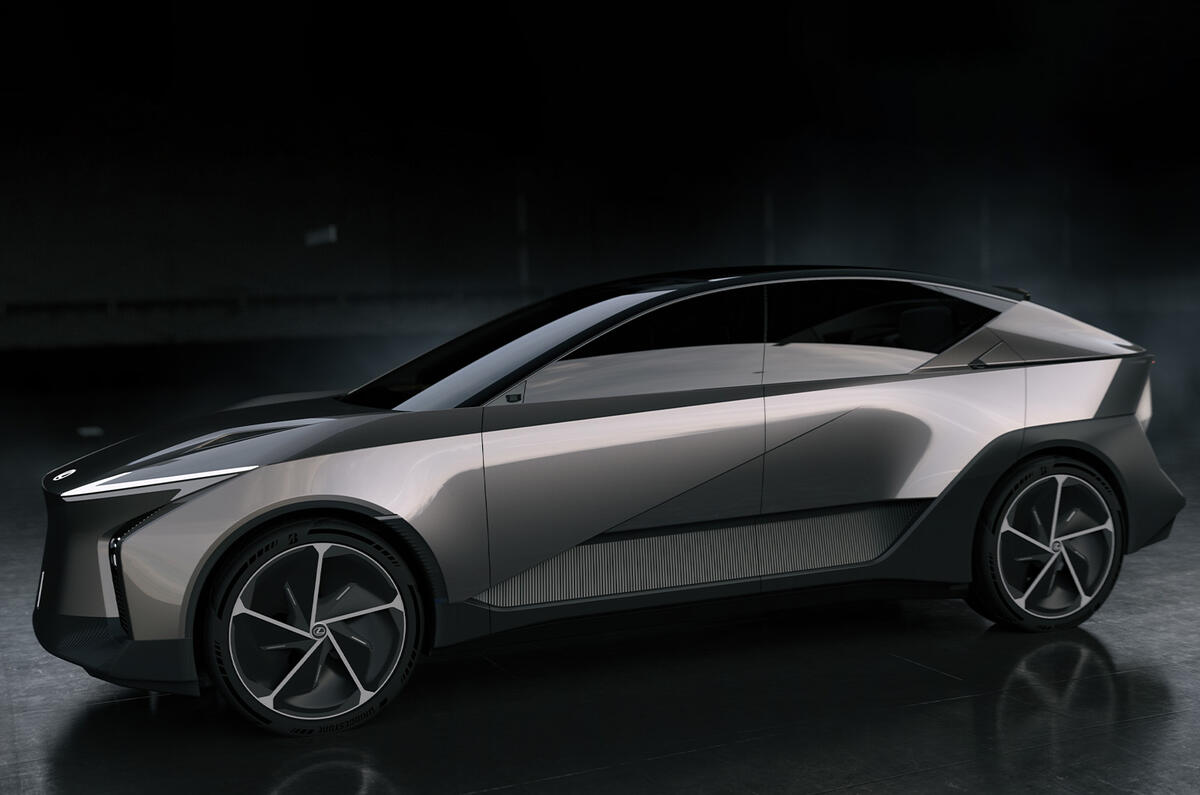
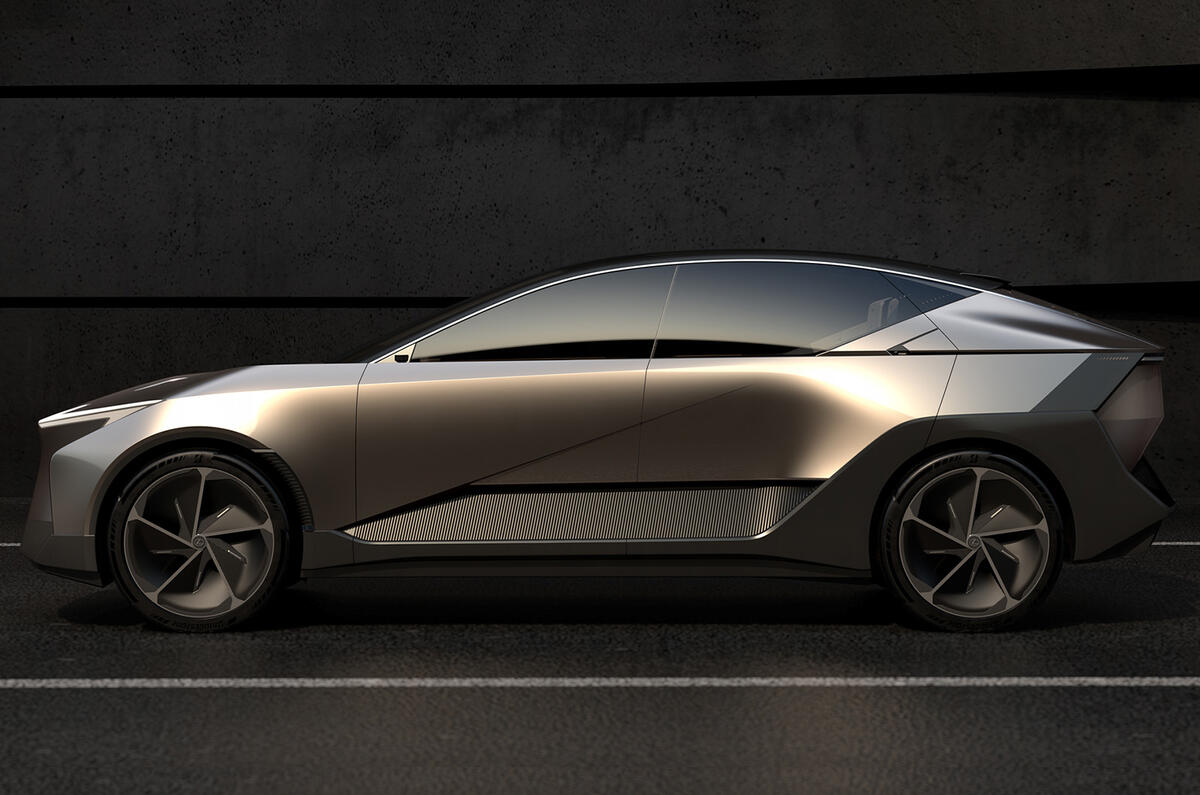
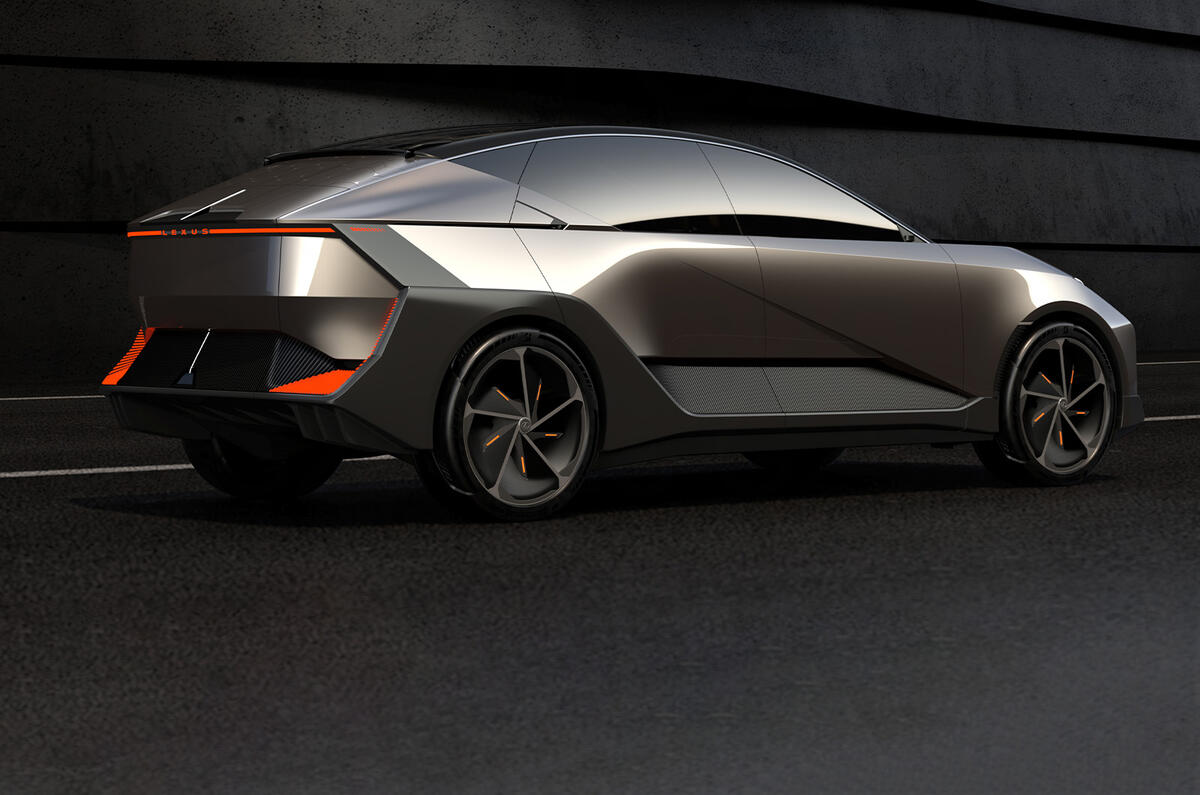
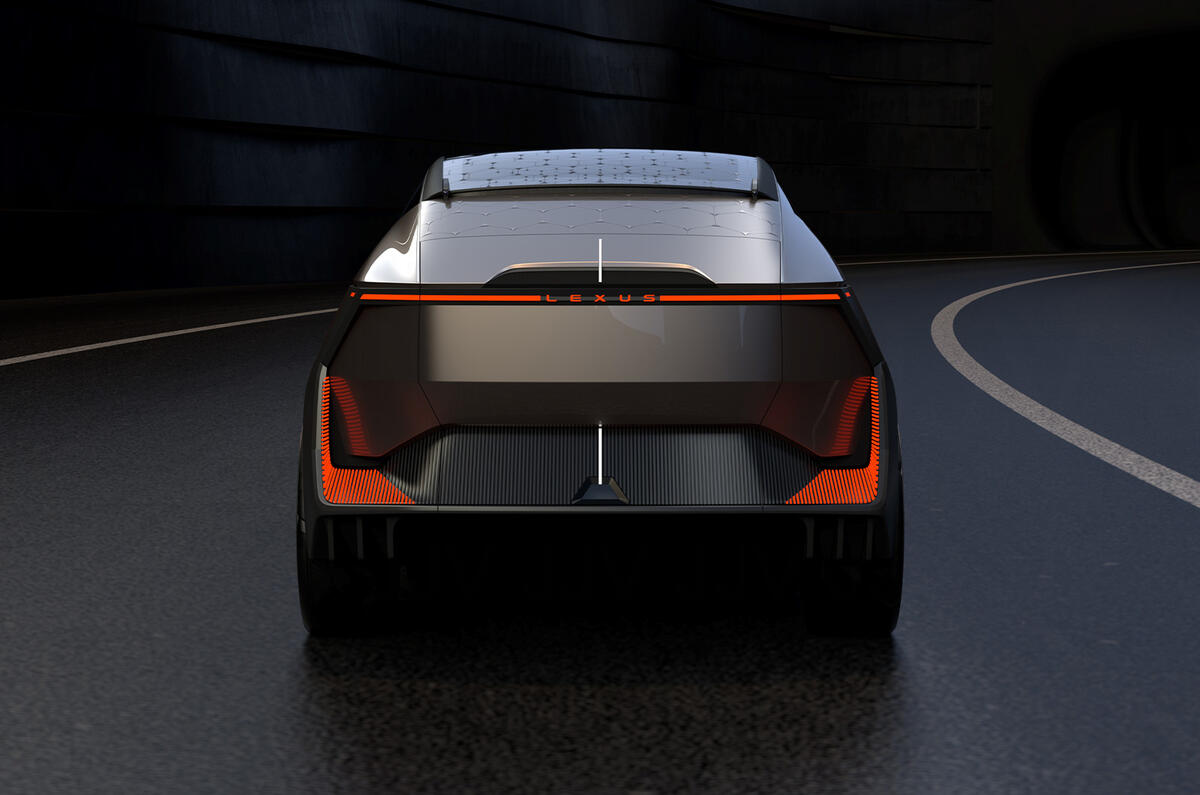
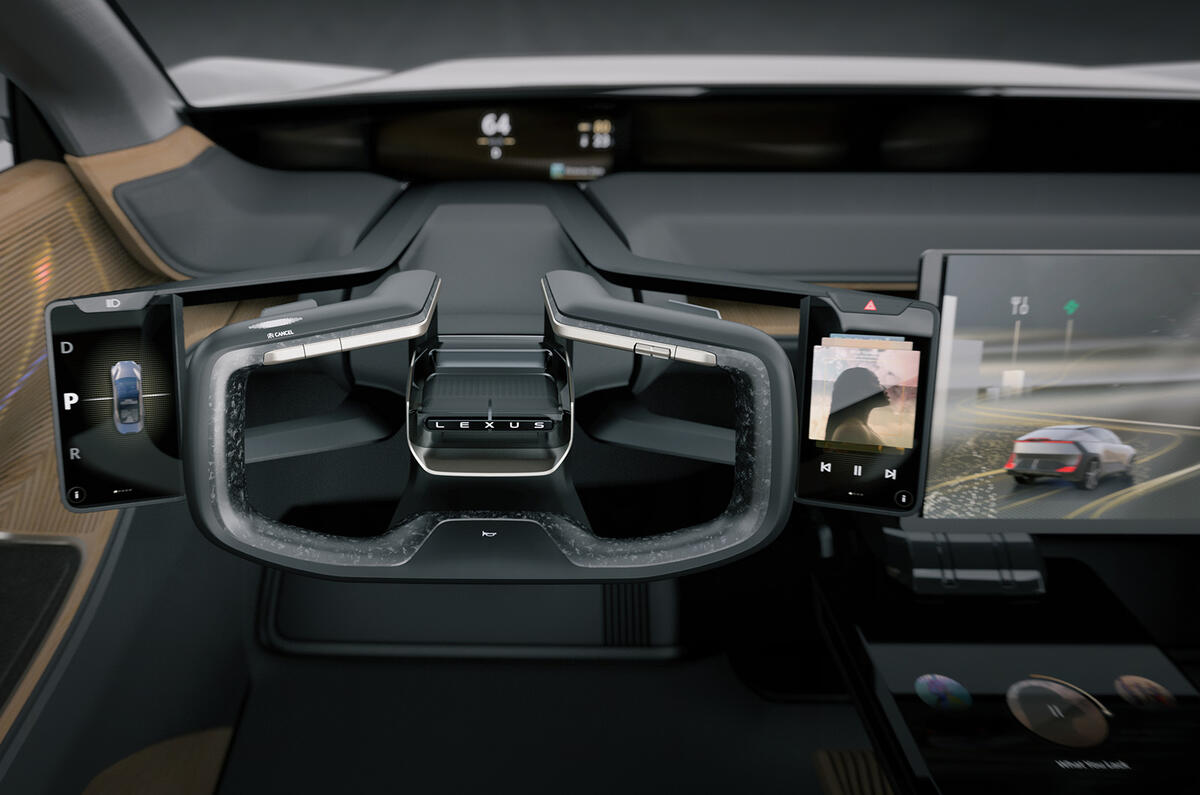
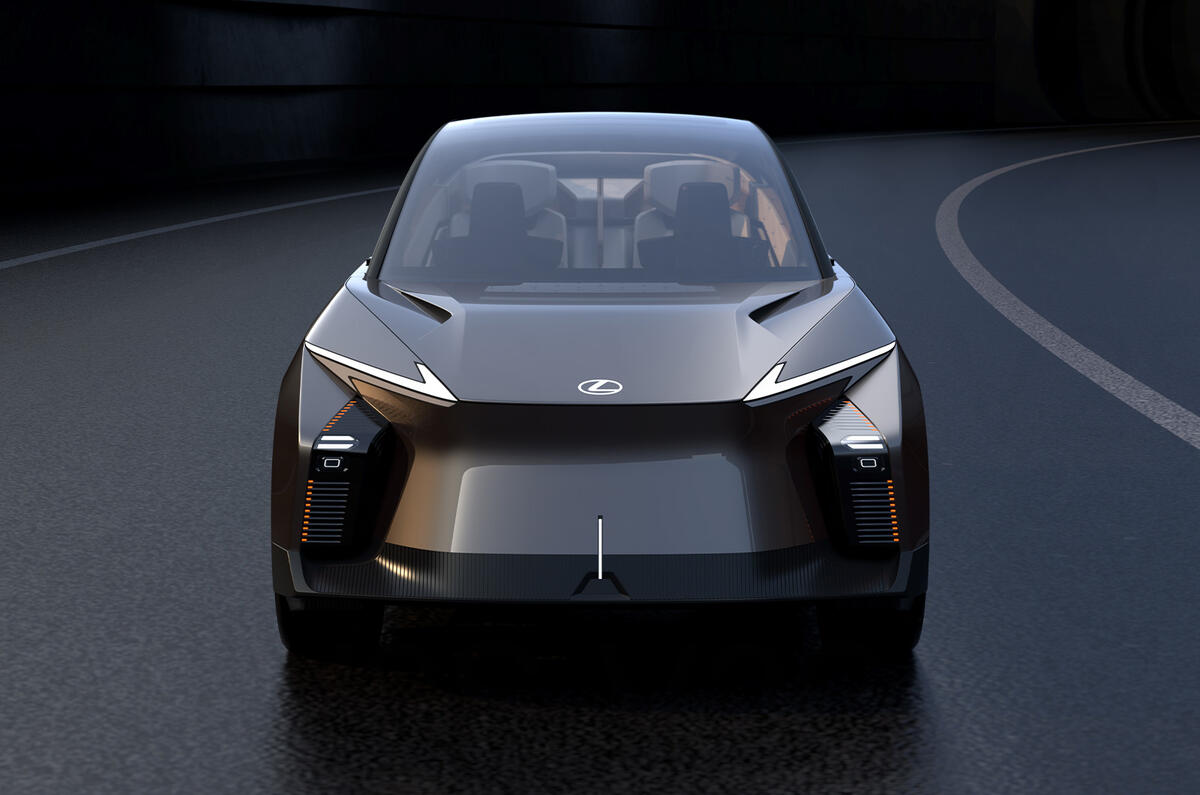
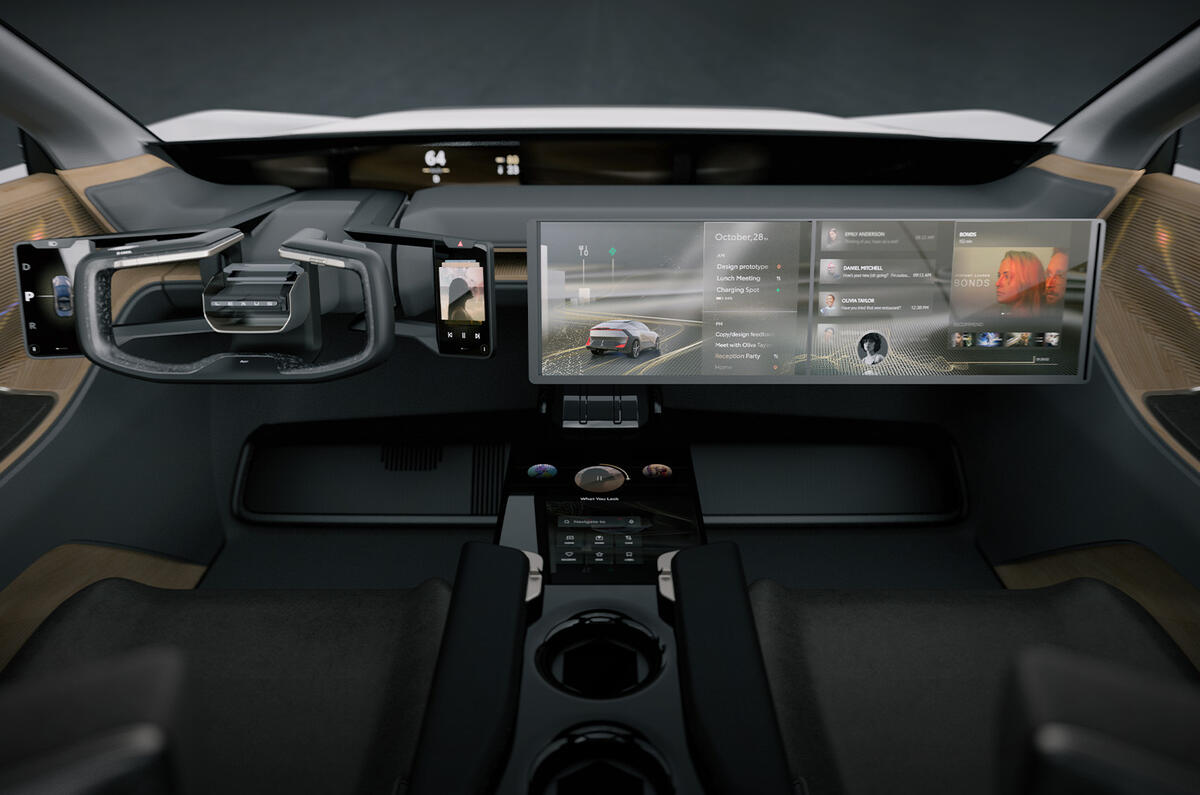
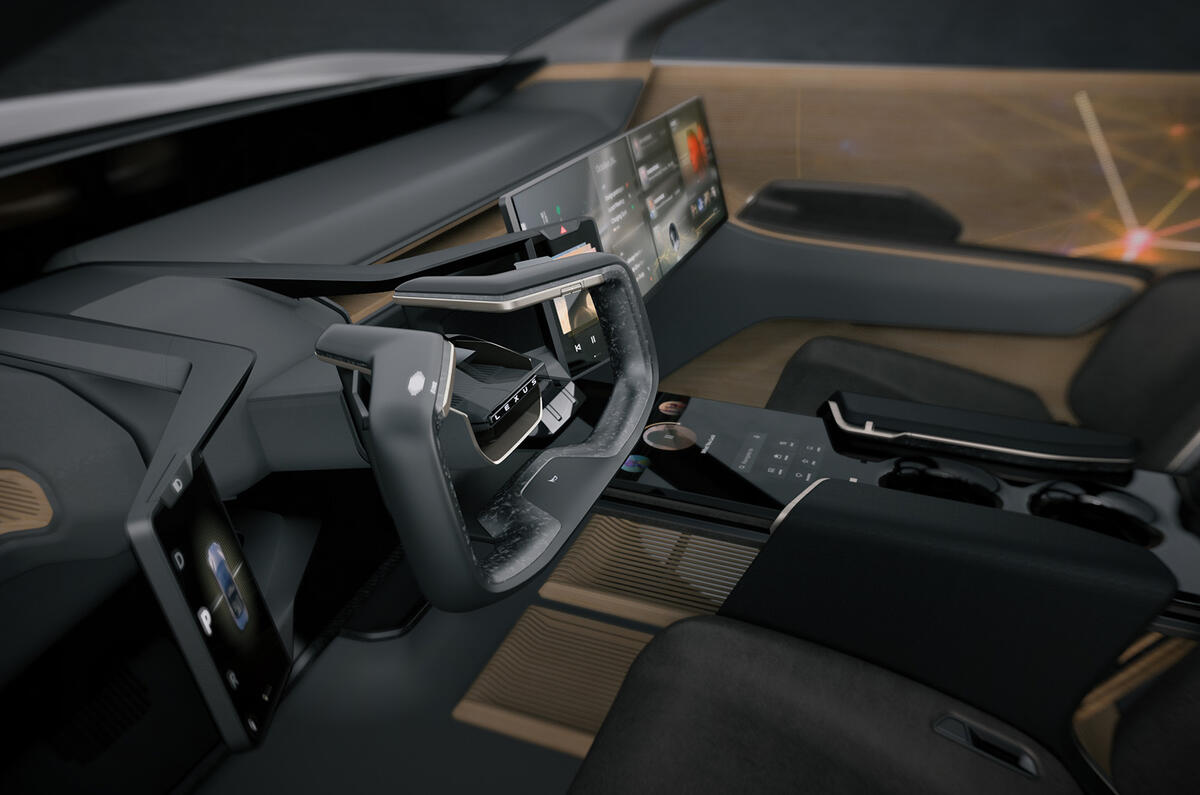
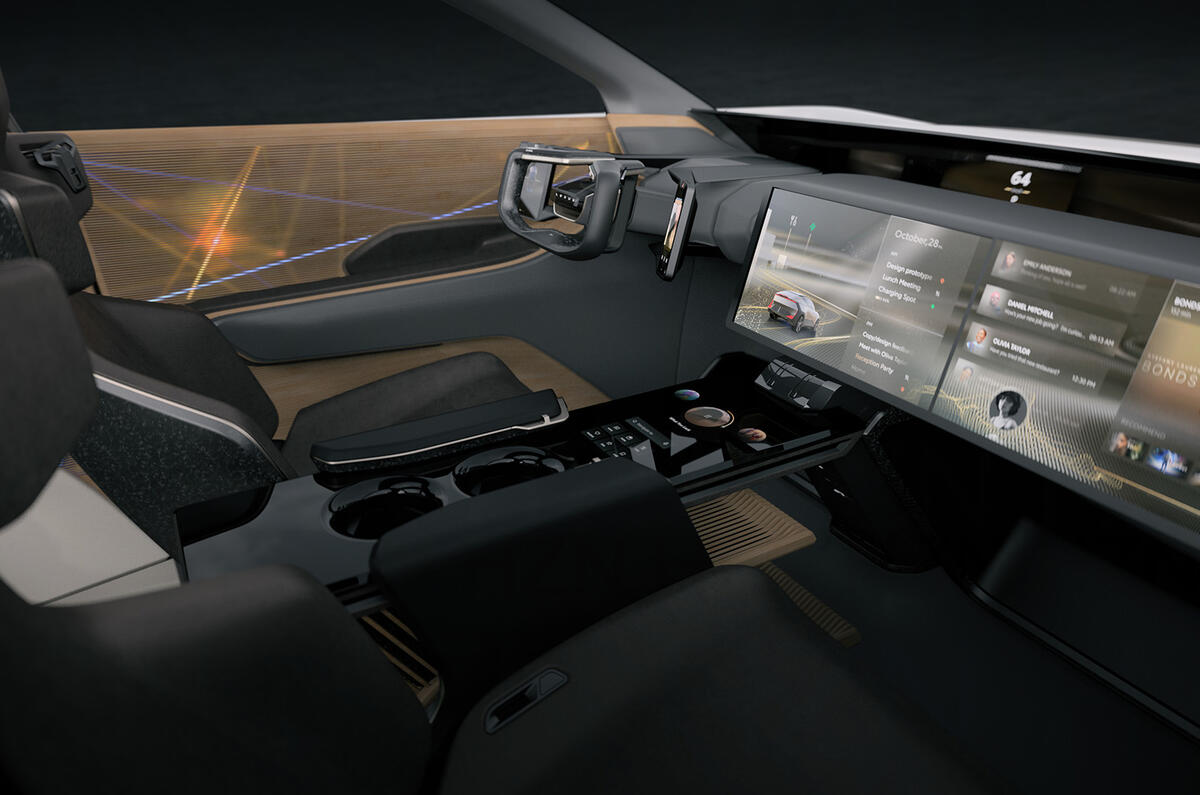
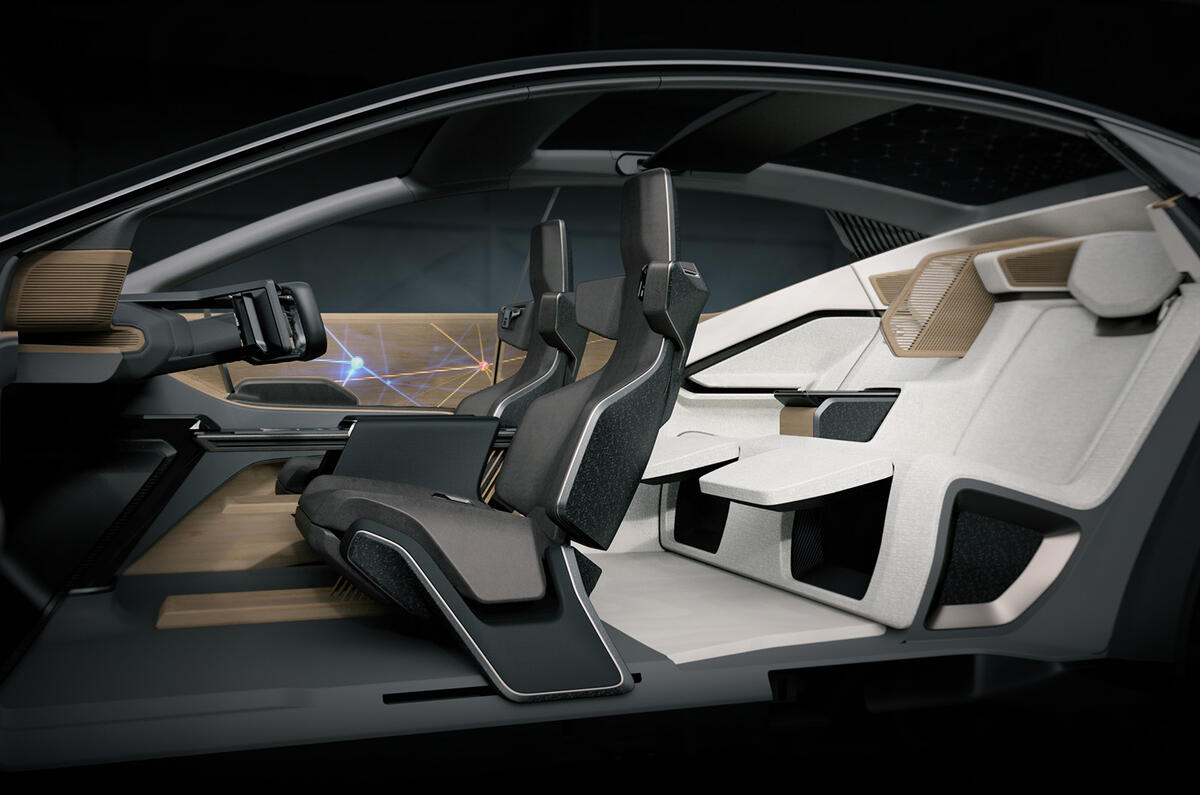
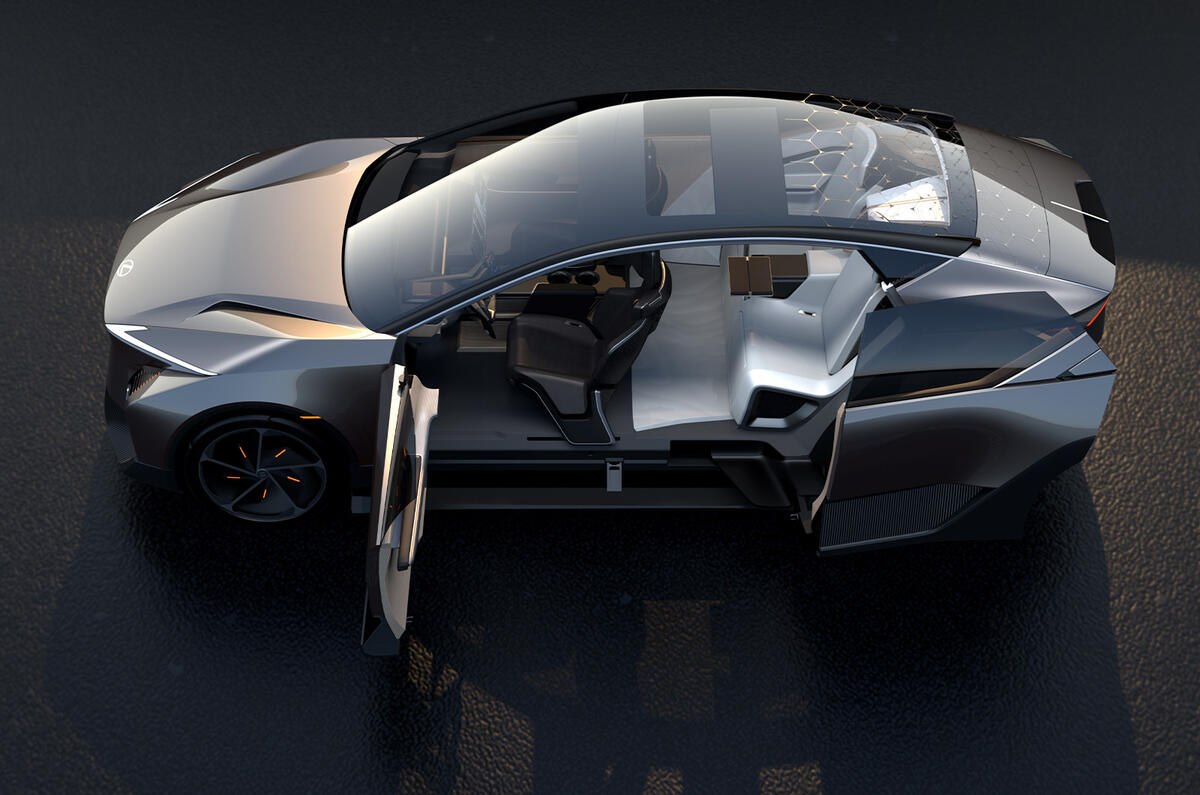
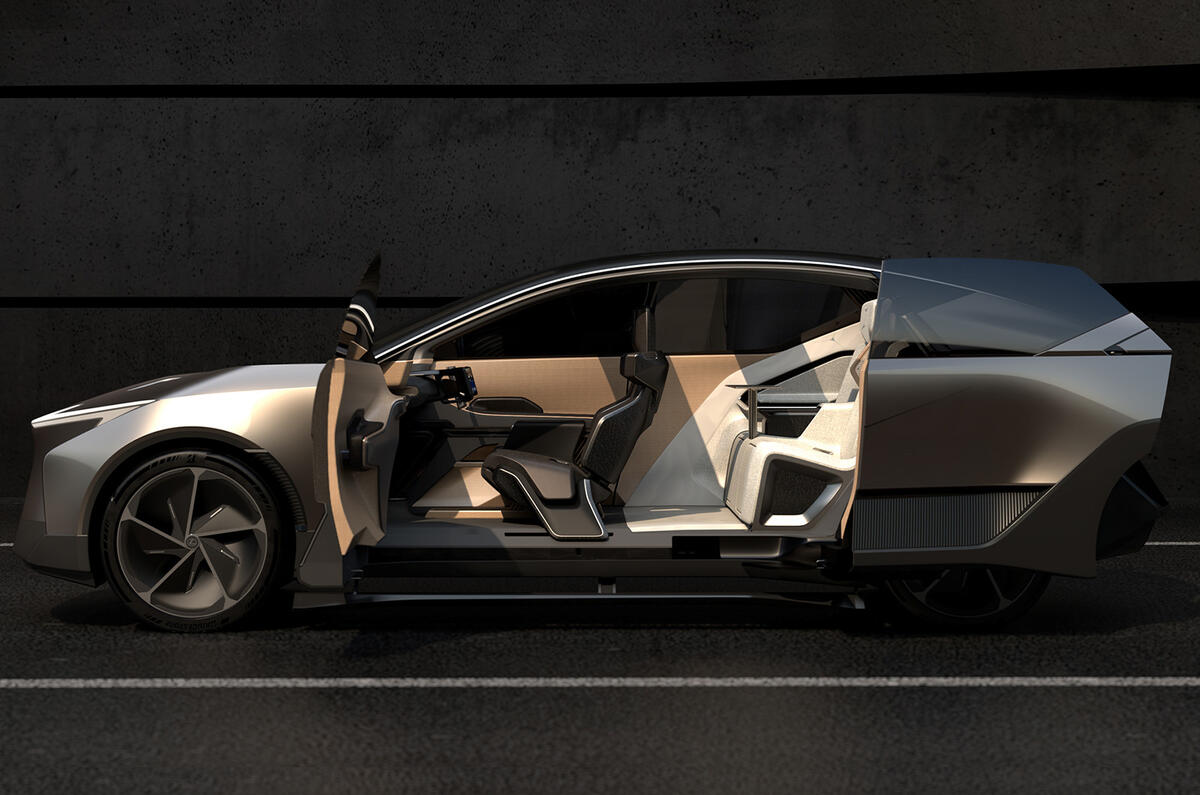
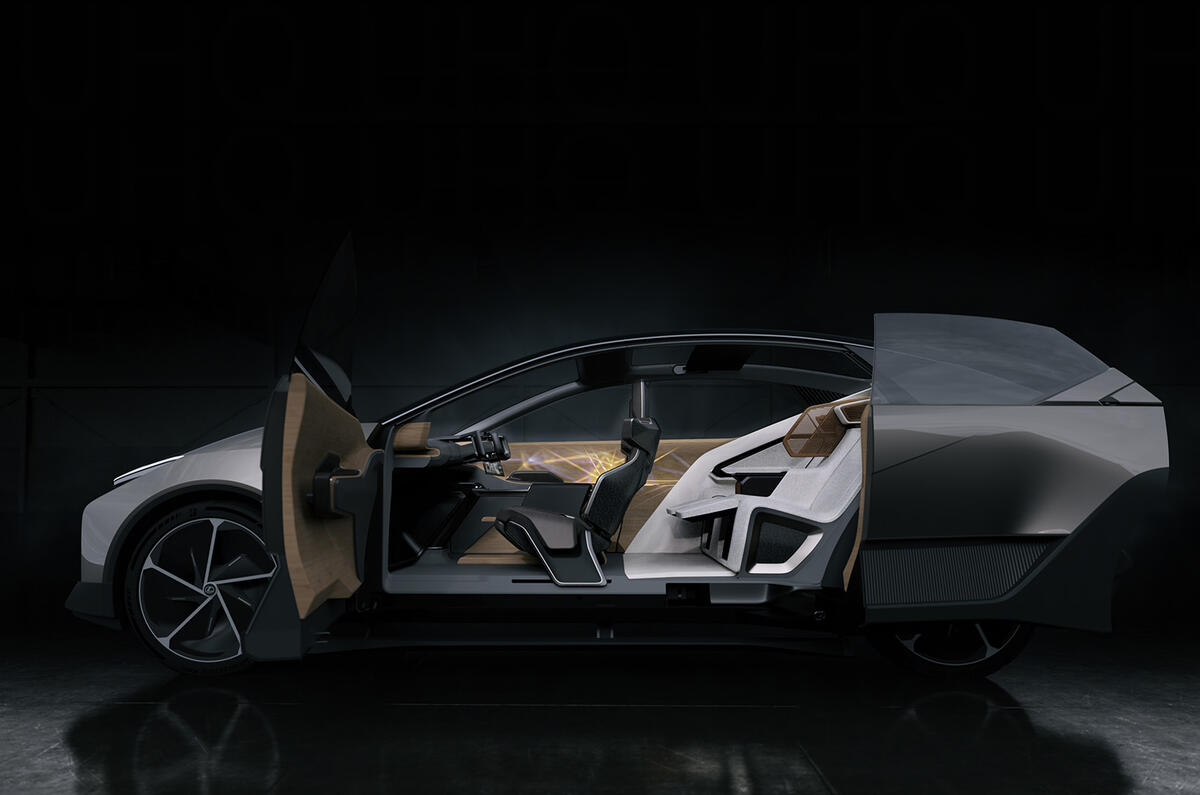
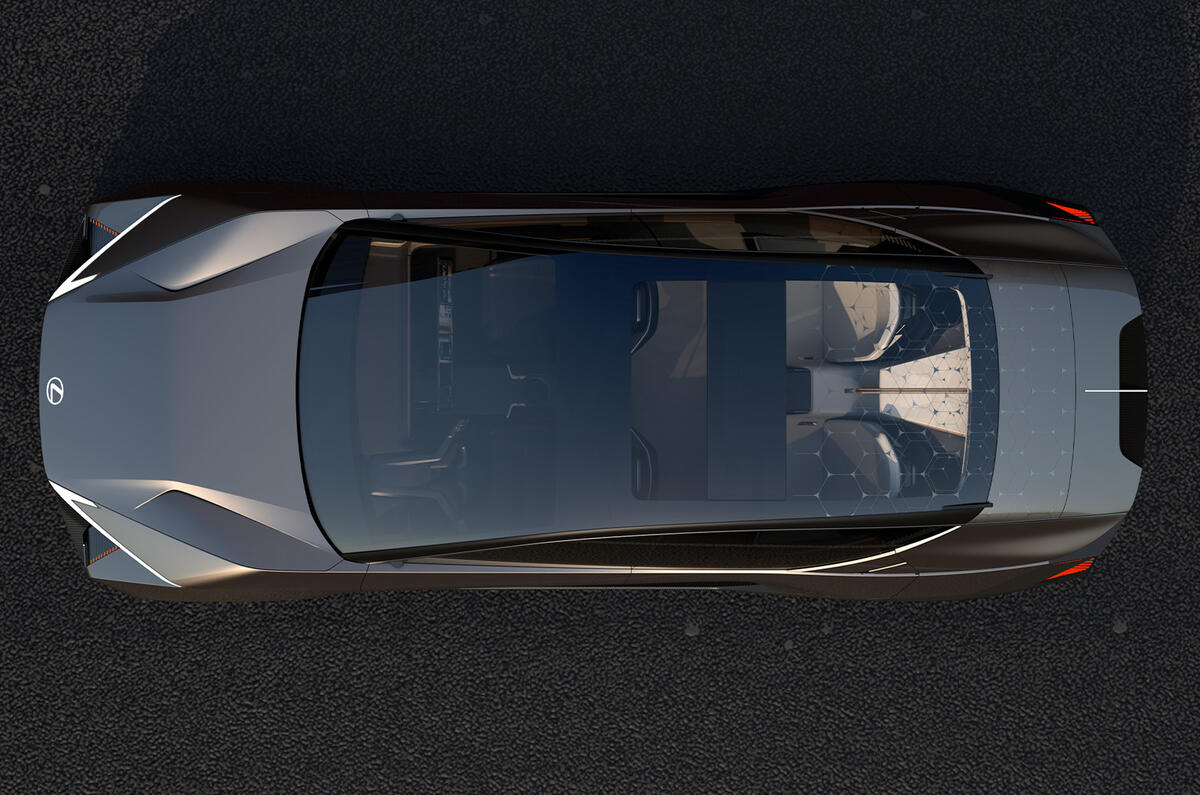
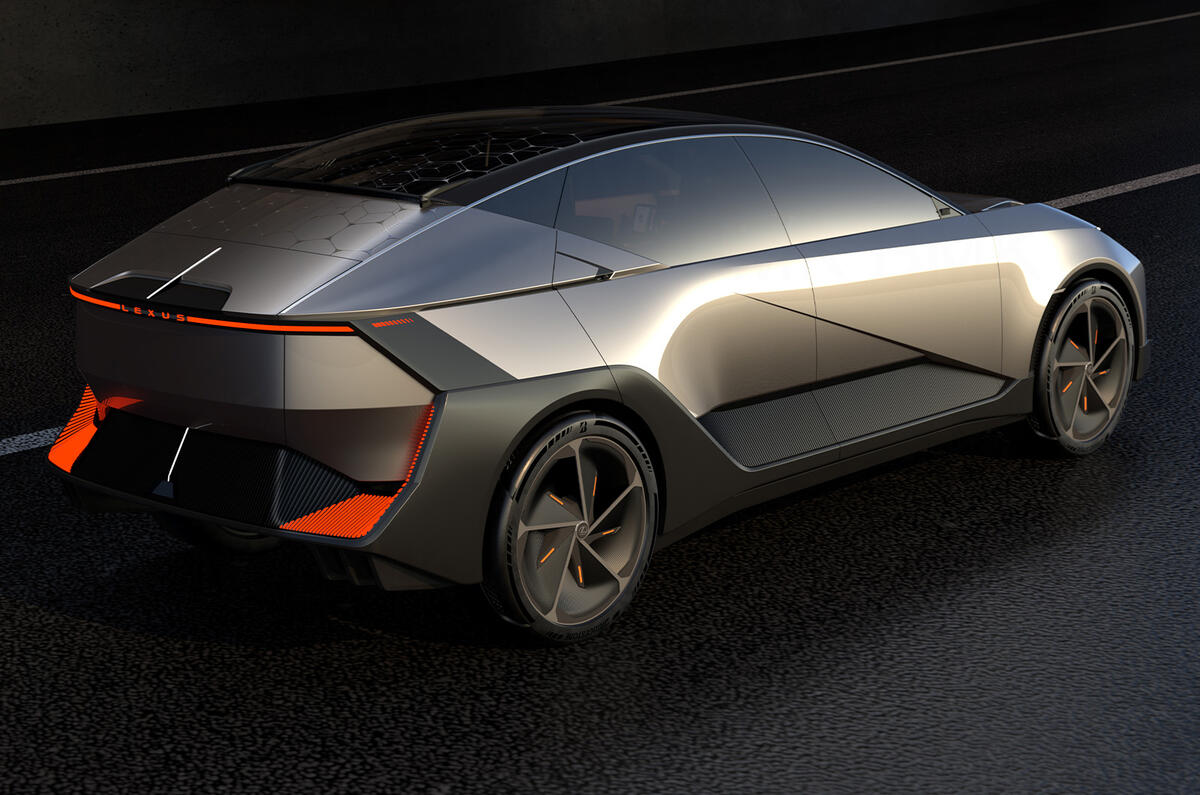
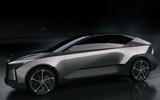
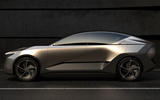
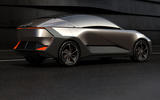
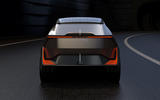
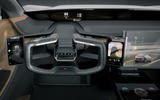
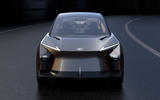
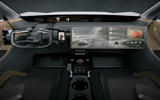
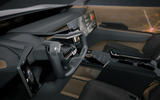
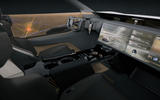
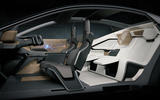
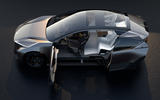

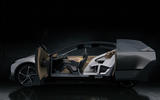
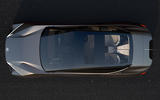
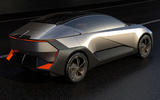









Join the debate
Add your comment
Gonna make a Range Rover feel a bit cheap if it comes out looking like this.